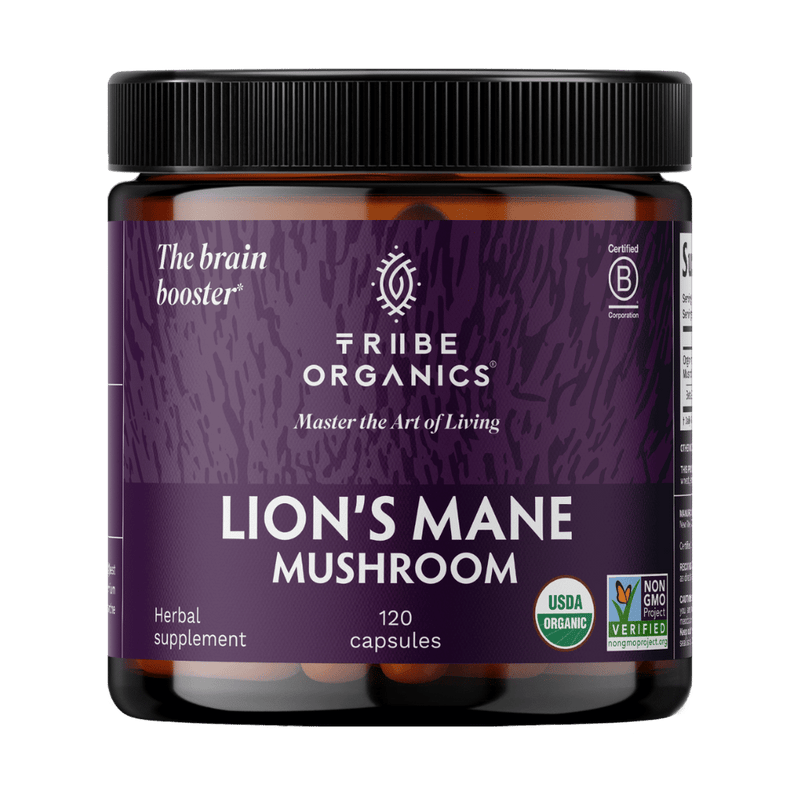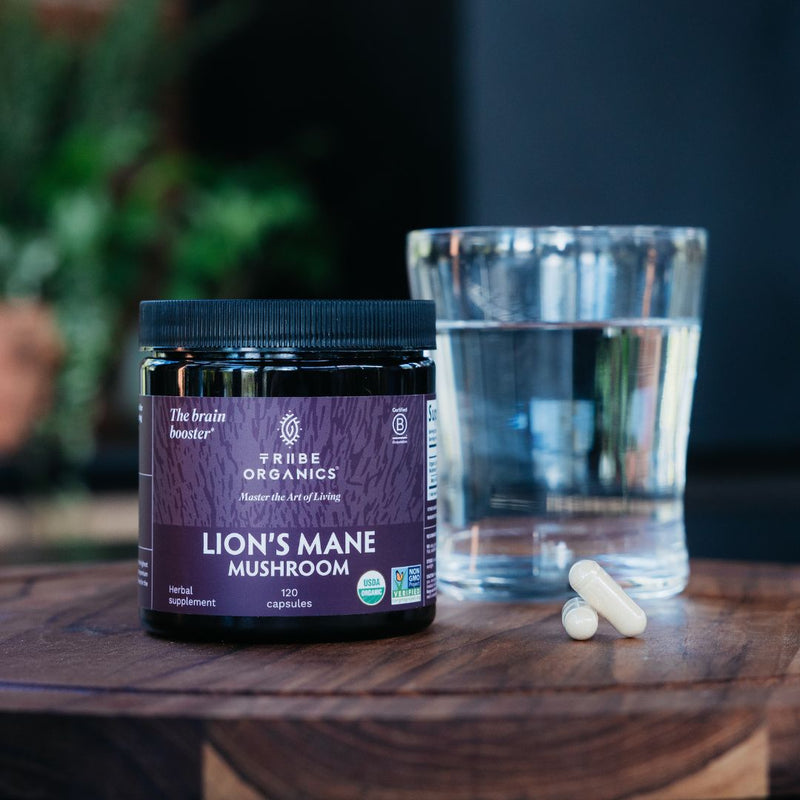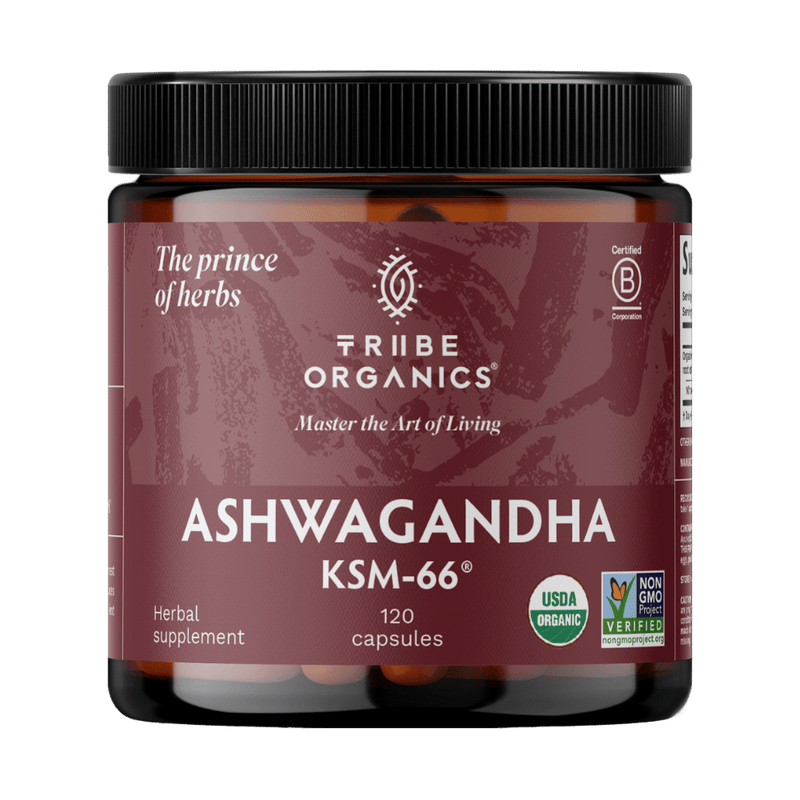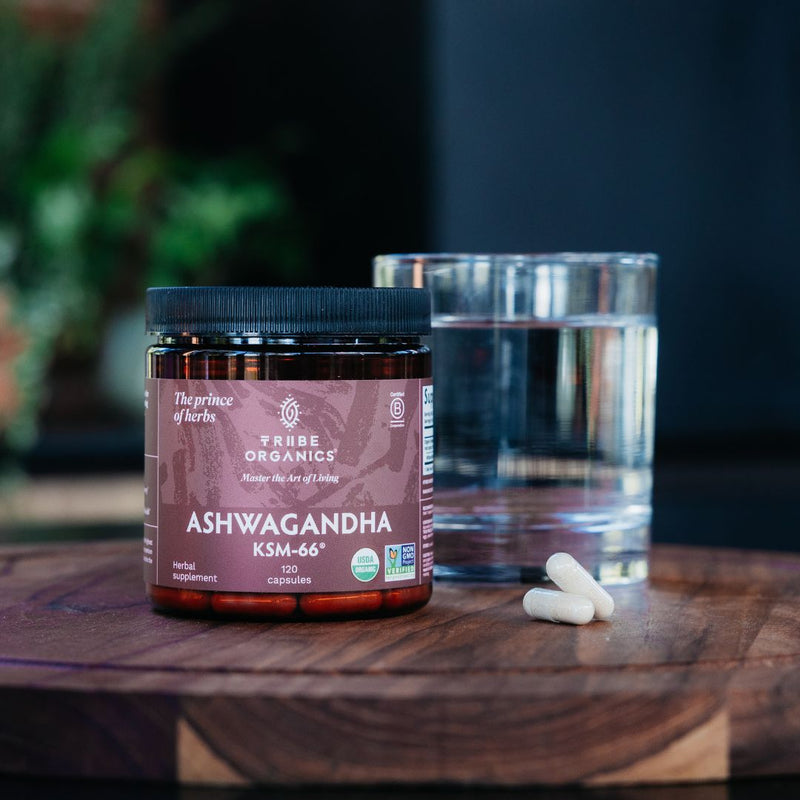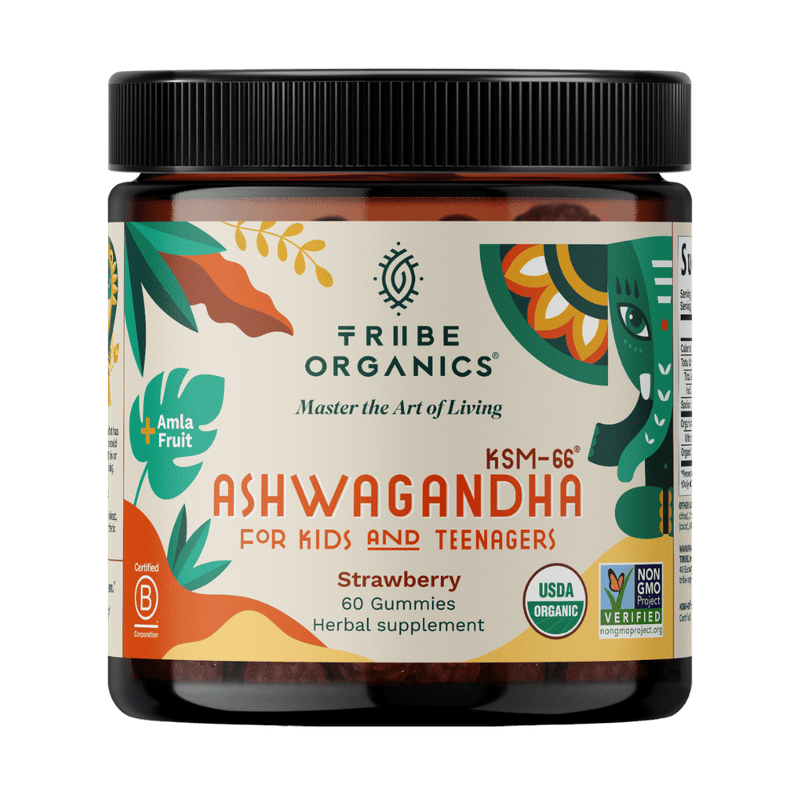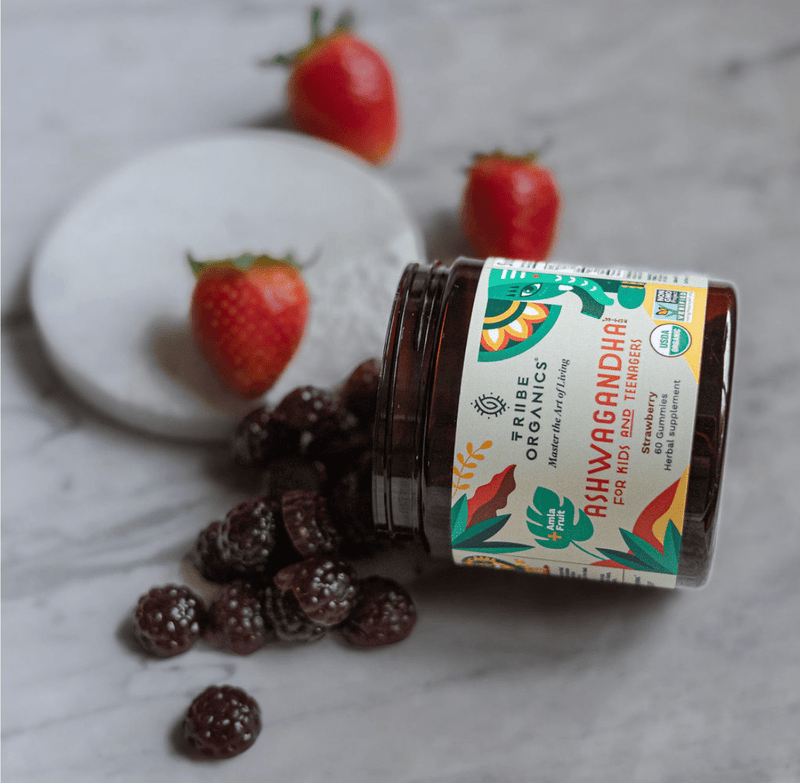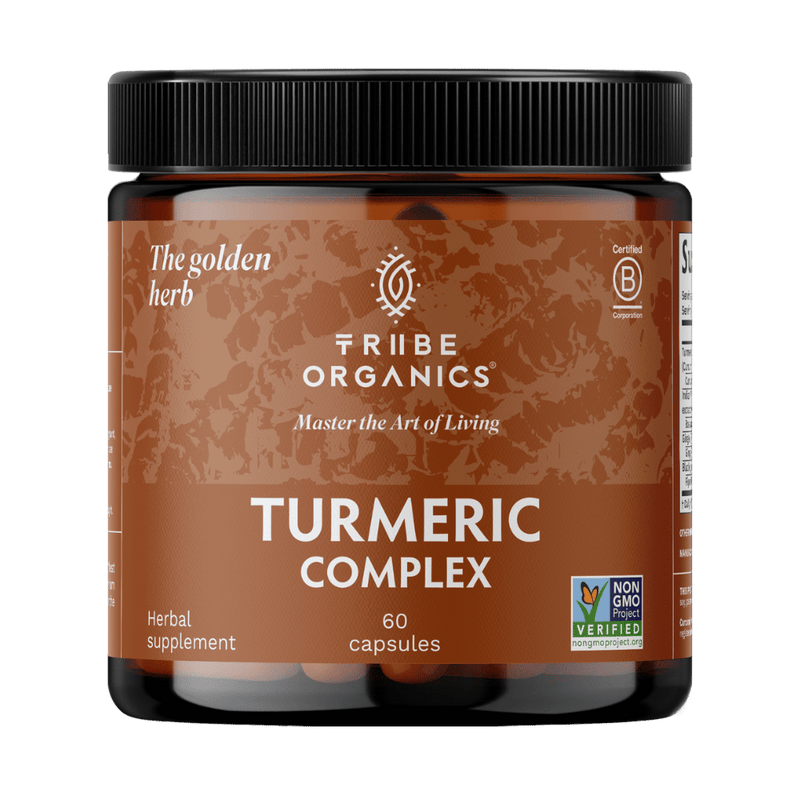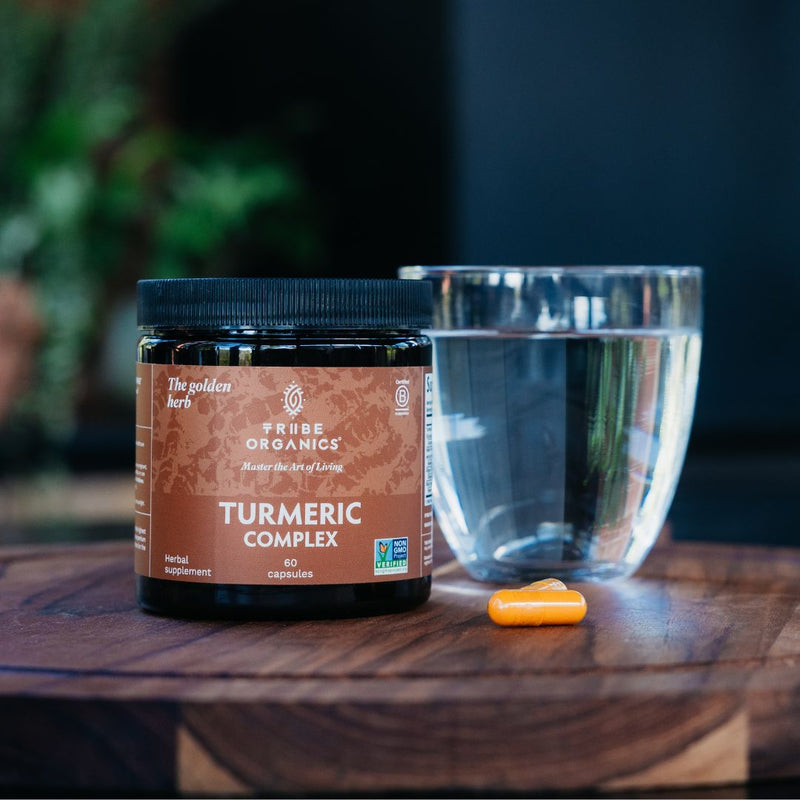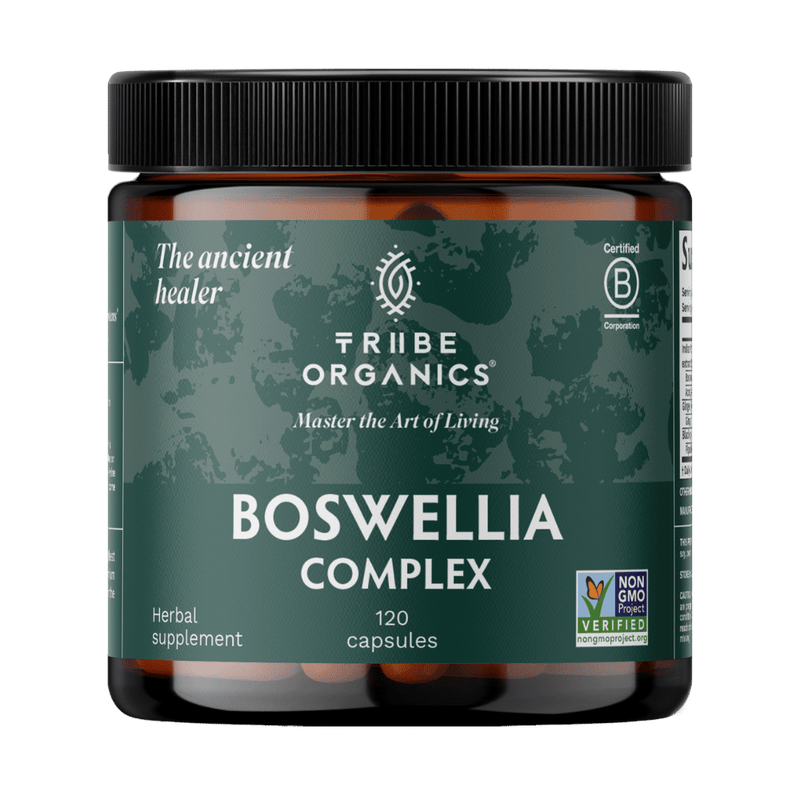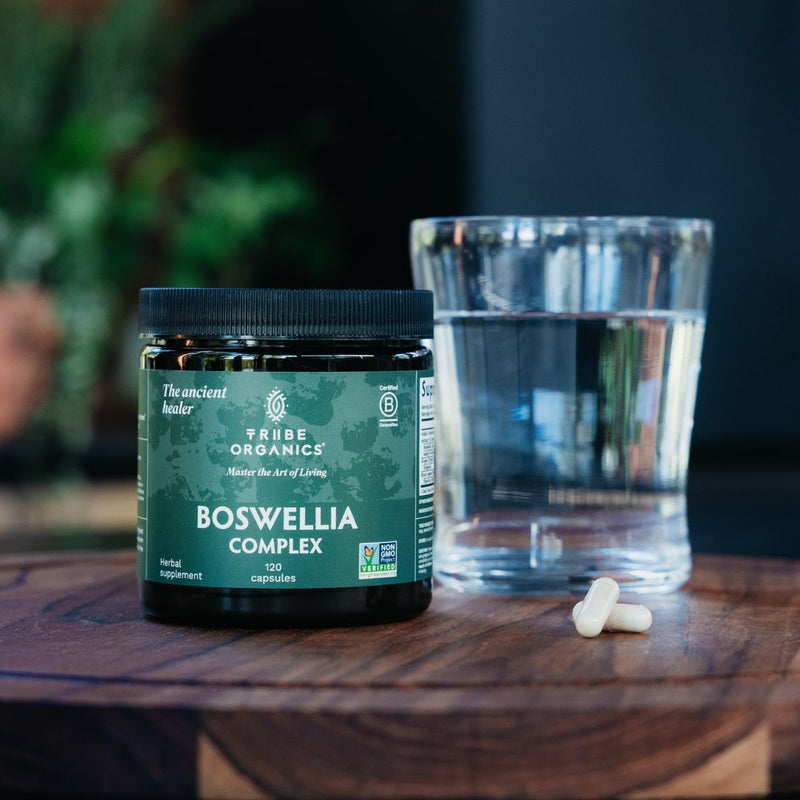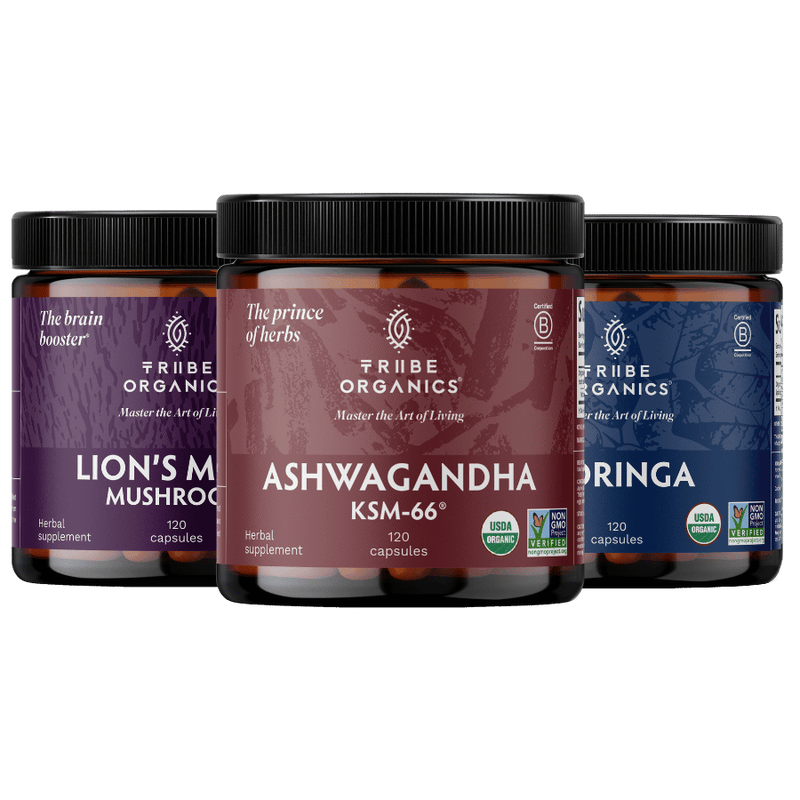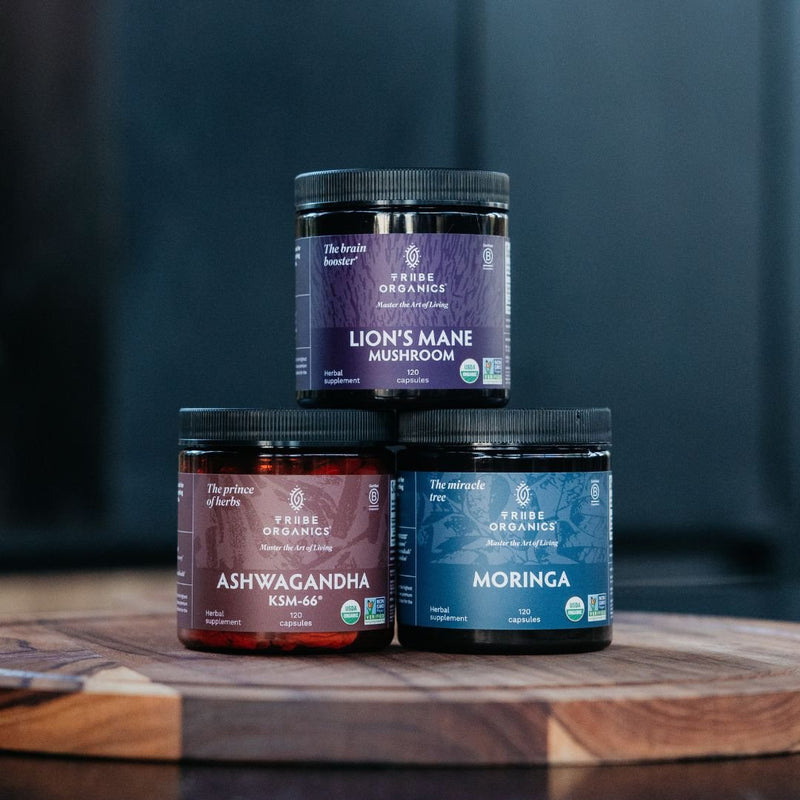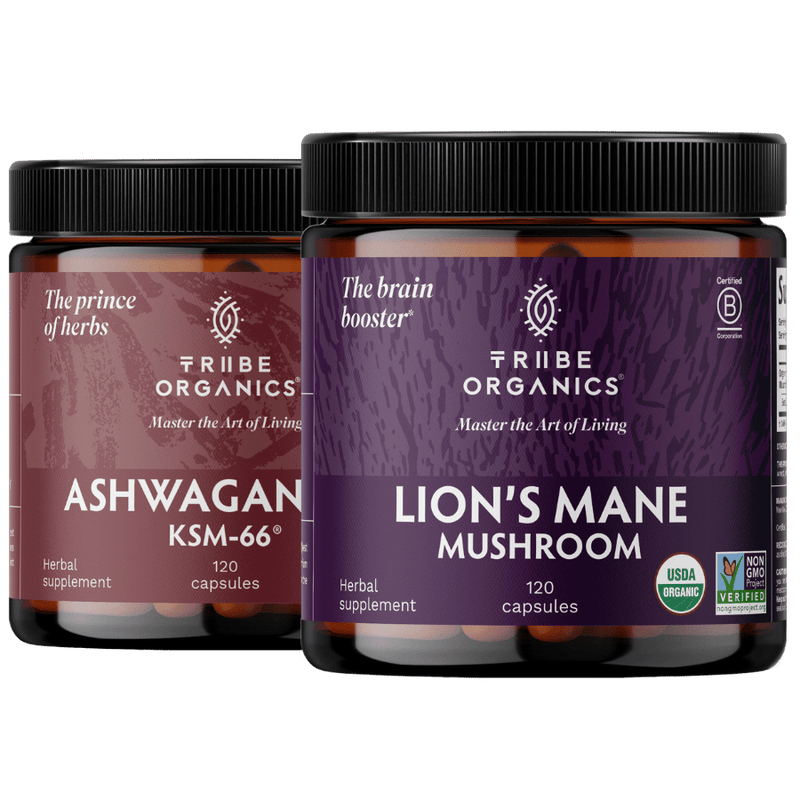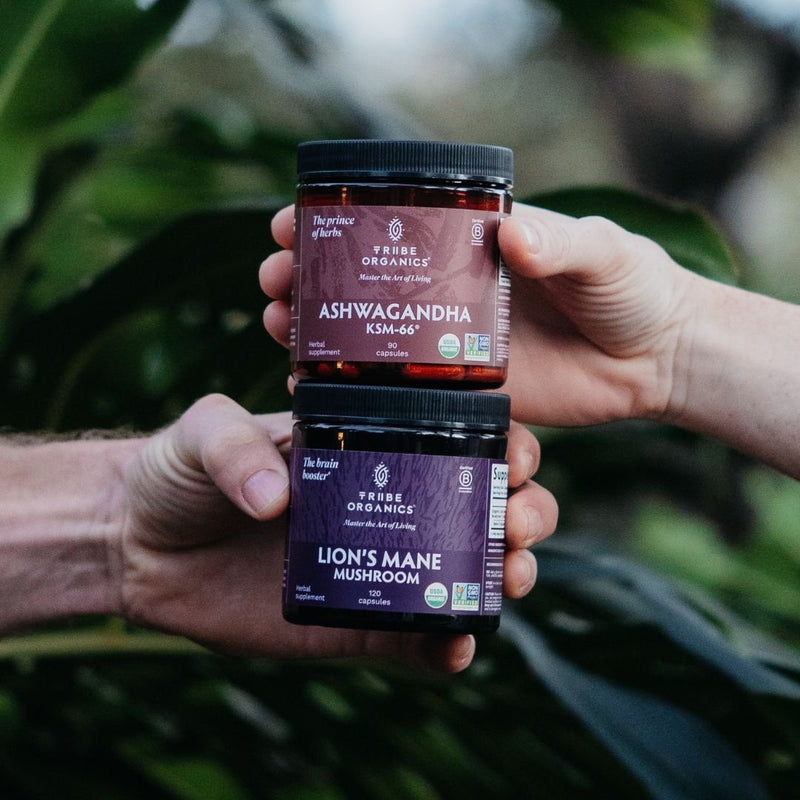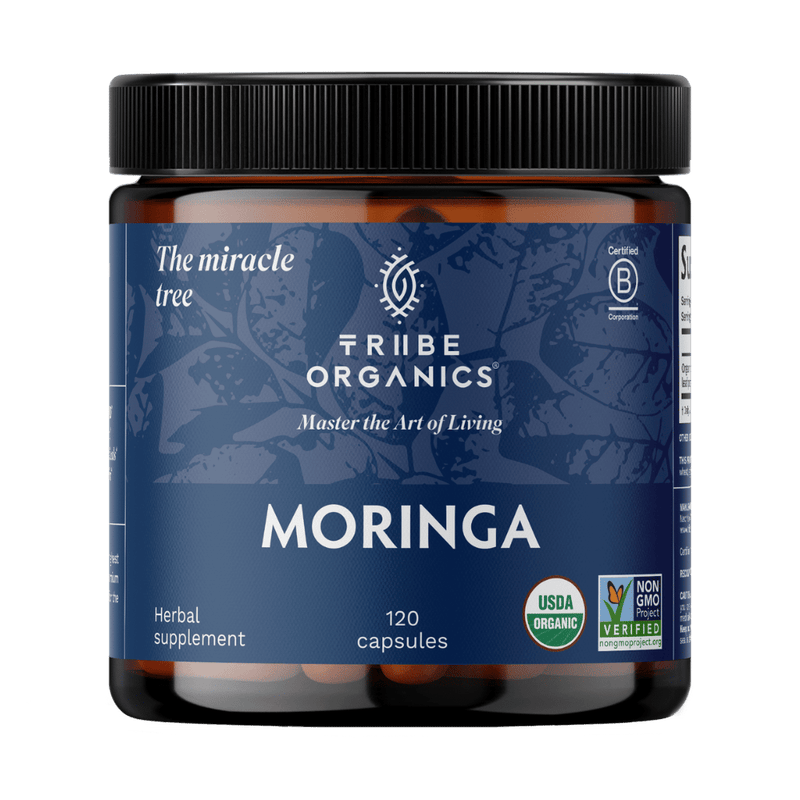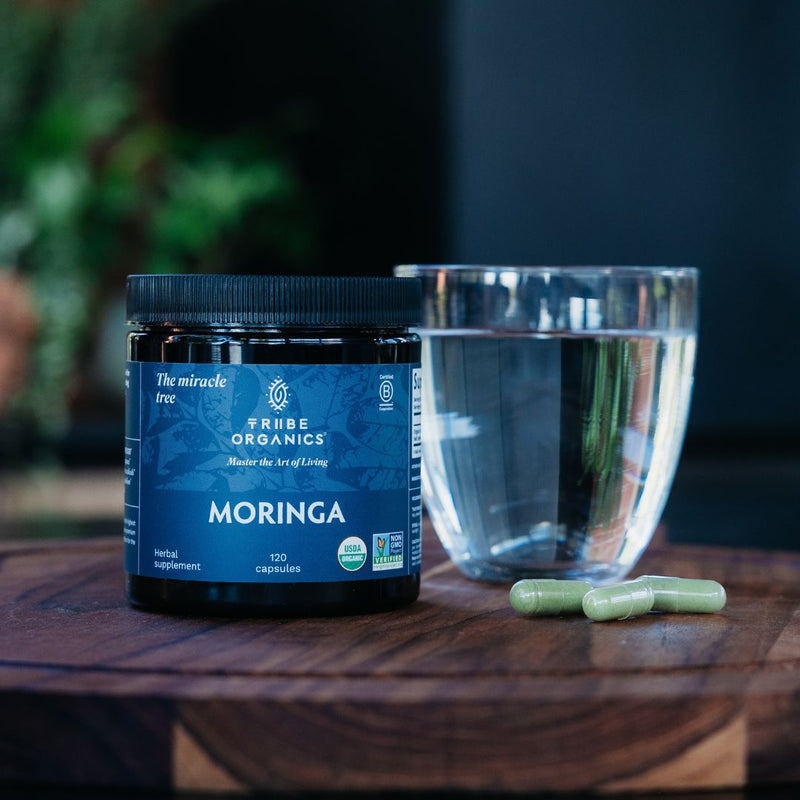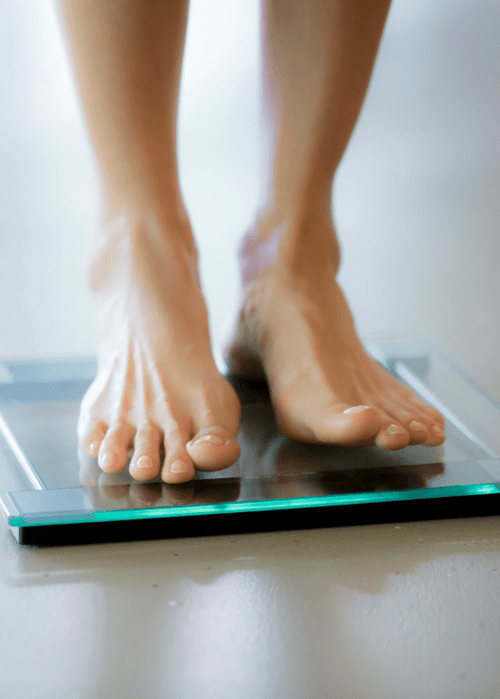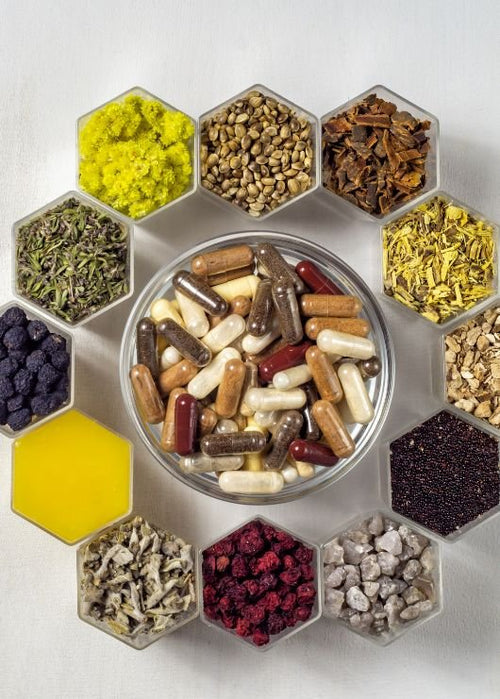Regenerative medicine has come a long way from just being theorized; stem cell treatments of today are used for a wide variety of health issues and have shown promise in enhancing the regenerative properties of the human body.
Although stem cell therapy is harmless and generally quite effective, there are certain situations where they don’t work as well. This includes active health conditions, a weakened immune system, and others.
However, stem cells can be ‘activated’ and boosted with a couple of activities that enable them to thrive. But to understand that, we’ll first explain why stem cell treatments are unique and what makes them the leading regenerative medicine treatment.

Why are Stem Cell Treatments Unique?
Stem cells are unique in the sense that they are the original cell; many specialized cells are created from them, seeing how powerful their capabilities are. Contrary to popular belief, our body is incredibly efficient at dealing with trauma and regeneration.
Humans can generally survive injuries or health issues that other living beings cannot, even if it takes a long time to deal with. We can’t necessarily improve our body's healing abilities, but we can enhance the speed and efficiency with which our cells operate.
Stem cells treat a wide range of health issues, including blood flow improvement, chronic and periodic pain reduction, injury healing, and inflammation reduction. They are also used to treat Alzheimer’s, joint & shoulder pain, Lyme Disease, and reduce the effects of skin aging.
On top of these use-cases, stem cell treatments have a high success rate and are very low-risk. There is the possibility that a patient’s body rejects the stem cells, but this is extremely rare since the stem cells used in the treatments are extracted from the patient’s own body.
Because of this, there is no need for the body to adjust to the new cells since they are of the same person. Stem cell treatment is also painless and quick, although there is some degree of post-op therapy.
Here are the seven ways you can enhance stem cell efficiency following a successful stem cell treatment.
The 7 Main Ways to Enhance Stem Cell Efficiency
1. Exercise
Studies have shown that exercise aids stem cell proliferation in the muscles. Physical activity pushes our bodies to higher work modes which increase blood flow. This, in turn, activates stem cells, making them work together with other cells in our bodies.
Aerobic exercise is a great method to enhance stem cell efficiency because it helps the stem cells convert themselves into bone instead of fat. Mesenchymal stem cells, for example, turn into bone and muscle during exercise.
2. Intermitent Fasting
According to a study by PubMed, intermittent fasting increases the number of stem cells circulating in the blood. More precisely, almost every form of caloric restriction can achieve this same effect.
The human body works best while stressed out (or rather, its cells); fasting is a great way to put those cells under duress. Intermittent fasting makes the body produce less glucose - sugar - in an effort to activate the cells and enhance their abilities.
Thanks to the increased number of stem cells circulating in the bloodstream, organ lifespan is also increased.
3. Triglyceride Reduction
People with high levels of triglycerides in their bodies are more prone to weight gain and metabolic issues. Triglycerides (TGs) function as storage for unwanted and unneeded carbohydrates.
If we consume more carbohydrates than our body can burn off, we’ll get higher levels of TGs. This isn’t an ideal environment for stem cells to grow in since the high level of TGs impacts their ability to function properly. Ultimately, this leads to a reduction in their healing properties.
One superb way to avoid high TG levels is to take more Omega-3 fatty acids, which help balance TG levels and promote stem cell growth and efficiency.
4. Reduce Inflammation
With this, we don’t mean trying to reduce inflamed areas of your body manually, but avoiding certain foods or drinks that cause inflammation from within. Stem cells reduce inflammation by themselves but can only do so much.
Avoid eating processed food, spicy food (if you aren’t used to it), and sugary drinks. It’s best to stop ingesting sugar altogether or at least minimize your consumption because it will raise your TG levels and cause inflammation.
5. Reduce Sugar Intake
Too much sugar is never good; arguably, neither is a moderate amount of processed sugar. Even natural sugar in honey or fruit can be bad for you if ingested in large amounts.
Metabolic syndrome and chronic inflammation can also occur due to too much sugar in the body. This is another reason you should also avoid too many carbohydrates since they convert to glucose once in our system.
You can enhance stem cell activity, longevity, and production by eliminating as much sugar as possible from your diet. This is also highly recommended to those undergoing stem cell therapy to promote a higher chance of success and better treatment.
6. Reduce Alcohol Consumption
Some forms of alcohol are good in small amounts (such as a glass of red wine), but long-term alcohol intake is dangerous. Not only does it increase TG levels, but it also reduces stem cell activities and makes them less effective.
Binge drinking is also dangerous since ethanol impacts stem cell differentiation and proliferation, which alters neurogenesis. Stem cells can only properly proliferate when there’s no alcohol involved, so it’s advised to either minimize its consumption or stop it altogether.

7. Supplement Stem Cells
Stem cells proliferate in two situations - when they’re implanted and by supporting the human body’s natural production of stem cells. Specific supplements can help improve their efficiency in both situations, some of which are:
- Resveratrol - Muscle and bone stem cells (Mesenchymal stem cells) are the most common type of stem cell used in treatments. Resveratrol helps the stem cells convert to bone by strengthening their conversion capabilities. It also supports the healthiest inflammation pathway properties and rejuvenates Mesenchymal stem cells as well.
- Vitamin D3 - We’ve learned a lot about Vitamin D3 and its properties, one of which is the ability to enhance stem cells to repair damaged organs and create healthy tissue. It regulates stem cell activities in iPSCs (Induced Pluripotent Stem Cells) and embryonic stem cells.
- Turmeric / Curcumin - Curcumin has been widely known as a powerful antioxidant and anti-inflammatory spice. Taking turmeric supplements boosts the stem cells’ antioxidant activity and reduces free radical accumulation. On top of that, we now know that curcumin can increase neural stem cell proliferation. This is important because neural stem cells (NSCs) can reverse aging. Studies have shown that the aging process begins with the considerable and consistent loss of stem cells in the hypothalamus. Because of this, healing and boosting neural stem cells in the hypothalamus plays a crucial role in promoting a healthy aging process.
Conclusion
Stem cell treatments have become popular in treating numerous health conditions and injuries. They are a very effective treatment and have a high success rate, but it always helps to make the entire process even better.
These seven methods of making stem cell activity more effective are generally simple lifestyle changes that go a long way in enhancing the effects of stem cell therapy.
Shop best sellers
Explore our collection of favorite items that have gained popularity for their quality and satisfaction.


